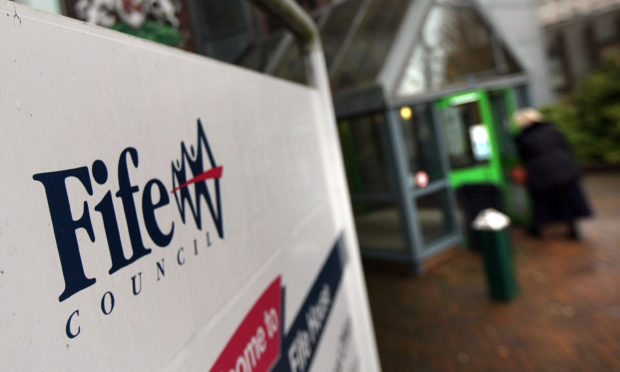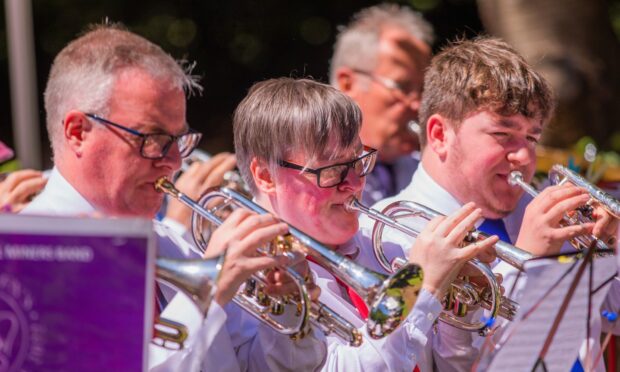Despite a lower than average number of social workers, Fife Council claims its support for children and families has improved significantly.
It has 3.8 field workers per 1,000 children, an increase on the 2.6 recorded in 2015 when it implemented a new strategy to deal with a soaring number of looked-after children and rising cost of purchased placements.
The staffing level, which the council admitted was ‘relatively lean’, was below the national average of 5 per 1,000 and among the lowest of Scottish authorities.
However, Dougie Dunlop, head of education and children’s services, claimed the strategy had reduced the numbers of looked after children and placements on the child protection register.
Since 2015 the number of looked after children has fallen from 1,023 to 949, below the 1,164 expected, given Fife’s high level of child poverty.
The progress was reported to the council’s education and children’s services committee as charity Fife Gingerbread warned that a funding crisis could see it withdraw support from more than 250 families.
Committee member Kathleen Leslie voiced concern about the social work staffing levels.
She said: “Although they have increased they still seem to be relatively low.
“Gingerbread, who may be facing a cut to their funds, said if they are not able to see all the families that need their support they will go to social work.”
Mr Dunlop said: “I don’t think it can be emphasised enough how much the increase in staff from where we were has transformed the service.
“It has been absolutely fundamental to changing the way we work.”
Previously, he said, the service was often only able to help as families hit crisis point and children had to go into care.
But he continued: “We have been able to build in strong preventative capacity to work with families at an early stage so we can resolve difficulties, meaning that families can avoid crisis much more easily.
“I know there are funding difficulties in third sector organisations, including Gingerbread, and we have been working with them to ensure they are responding as efficiently and effectively as possible to families and that will continue.”
The second phase of the strategy was approved by the committee which will include work to support families in crisis where children are ‘at the edge of care’ and to increase in-house foster care capacity.









